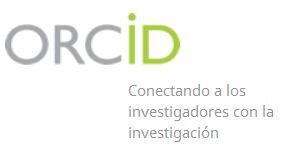Bacillus thuringiensis A21, a non-toxic isolate of high residual larvicidal activity against Aedes aegypti
Keywords:
Bacillus thuringiensis, Aedes aegypti, toxicity test, bioassay, biological control, mosquitoAbstract
Introduction: Bacillus thuringiensis-based products have been successfully used for insect control. However, their low residuality promotes the search for alternatives. In Cuba, different studies have informed about the evaluation and selection of B. thuringiensis isolates with larvicidal activity against Aedes aegypti: isolate A21 highlights for its high larvicidal activity and absence of beta-exotoxins.
Objective: To evaluate the acute oral toxicity/pathogenicity and the residual larvicidal activity of isolate A21.
Methods: The evaluation of the acute oral toxicity/pathogenicity of isolate A21 was established in the animal model Rattus norvegicus. Daily clinical observations of the animals were carried out, and their body weight was evaluated. The elimination and infectivity of B. thuringiensis were estimated by analyzing feces, and fluids and organs samples, respectively. To determine the residual larvicidal activity of isolate A21 to Ae. aegypti larvae, bioassays were conducted with different volumes of weekly water changes (total, partial, no change) in the containers. Mortality was calculated at 24h-72h.
Results: No acute oral toxicity/pathogenicity was detected with isolate A21 in Rattus norvegicus. In the study of residuality, at 72h larval mortality remained high (80%-100%) until week 24, decreasing from week 25 (p < 0.05).
Conclusions: It is evidenced the low toxicity and high residual larvicidal activity of isolate A21 against Ae. aegypti, which makes it a promising candidate for the development of biolarvicides. These biological products could contribute to the improvements of the existing vector control strategies in Cuba.
Downloads
Downloads
Published
How to Cite
Issue
Section
License
Licencia Creative Commons
La Revista Cubana de Medicina Tropcial se encuentra bajo una
Este sitio está bajo Licencia de Creative Commons Reconocimiento-NoComercial 4.0 Internacional.




